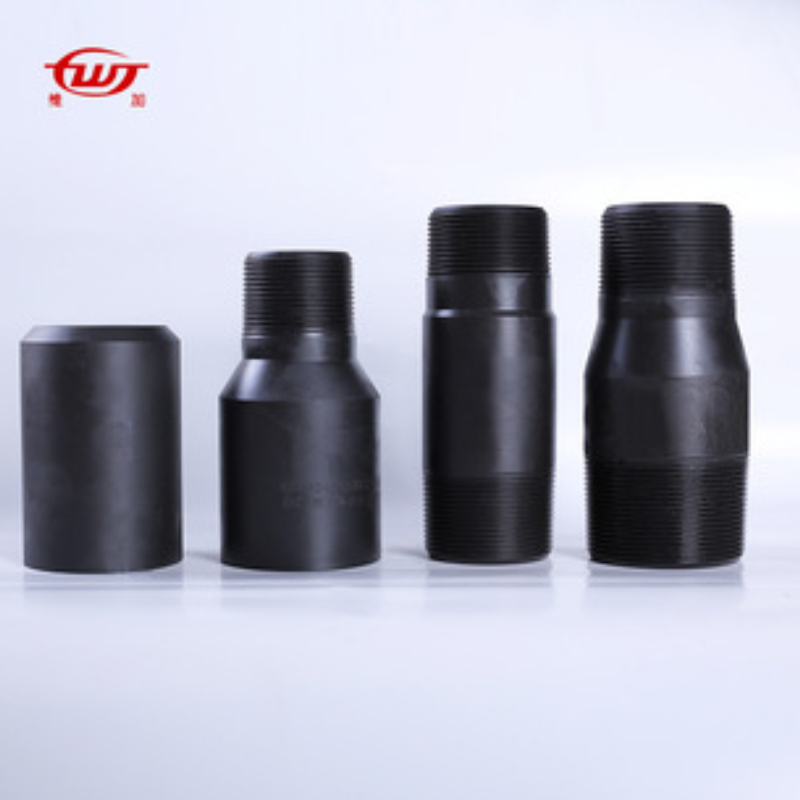- Afrikaans
- Albanian
- Amharic
- Arabic
- Armenian
- Azerbaijani
- Basque
- Belarusian
- Bengali
- Bosnian
- Bulgarian
- Catalan
- Cebuano
- Corsican
- Croatian
- Czech
- Danish
- Dutch
- English
- Esperanto
- Estonian
- Finnish
- French
- Frisian
- Galician
- Georgian
- German
- Greek
- Gujarati
- Haitian Creole
- hausa
- hawaiian
- Hebrew
- Hindi
- Miao
- Hungarian
- Icelandic
- igbo
- Indonesian
- irish
- Italian
- Japanese
- Javanese
- Kannada
- kazakh
- Khmer
- Rwandese
- Korean
- Kurdish
- Kyrgyz
- Lao
- Latin
- Latvian
- Lithuanian
- Luxembourgish
- Macedonian
- Malgashi
- Malay
- Malayalam
- Maltese
- Maori
- Marathi
- Mongolian
- Myanmar
- Nepali
- Norwegian
- Norwegian
- Occitan
- Pashto
- Persian
- Polish
- Portuguese
- Punjabi
- Romanian
- Russian
- Samoan
- Scottish Gaelic
- Serbian
- Sesotho
- Shona
- Sindhi
- Sinhala
- Slovak
- Slovenian
- Somali
- Spanish
- Sundanese
- Swahili
- Swedish
- Tagalog
- Tajik
- Tamil
- Tatar
- Telugu
- Thai
- Turkish
- Turkmen
- Ukrainian
- Urdu
- Uighur
- Uzbek
- Vietnamese
- Welsh
- Bantu
- Yiddish
- Yoruba
- Zulu
casing threads and couplings
Casing Threads and Couplings Ensuring Integrity in Oil and Gas Operations
In the oil and gas industry, the extraction of resources is a complex and delicate process that hinges on the integrity of various components, including casing threads and couplings. These elements play a crucial role in maintaining the structural stability of wells, preventing leaks, and ensuring the safety of operations. Understanding the function, design, and significance of casing threads and couplings is essential for professionals in the field.
Casing is a series of pipes that are installed in the borehole of an oil or gas well, providing support to the wellbore and isolating underground formations. The casing serves multiple purposes it prevents collapse of the wellbore, protects freshwater zones, and provides a conduit for the extraction of oil or gas. The integrity of this system heavily relies on the interconnection of individual casing sections, which is where casing threads and couplings come into play.
Casing threads are precision-engineered features at the ends of each casing pipe that allow them to be screwed together. The design of these threads is critical, as they must withstand significant mechanical stresses and pressures once the casing is in place. Various thread designs are utilized in the industry, including API (American Petroleum Institute) threads, which are widely recognized for their standardized specifications and compatibility.
API threads are designed to optimize the connection's load-bearing abilities while maintaining a robust seal. The strength of the thread connection is vital, as it influences the overall performance of the well. Poorly designed or manufactured threads can lead to leaks, which not only result in the loss of resources but can also pose severe environmental risks.
casing threads and couplings

Couplings, on the other hand, are short pipes with threads on both ends that are used to join two sections of casing together. They serve as a bridge between casing sections, providing additional mechanical strength and ensuring a secure seal. Just like casing threads, couplings must be manufactured to precise standards to withstand the extreme conditions of subsurface environments. In oil and gas operations, couplings must endure high pressures, temperature fluctuations, and corrosive conditions that can affect their integrity over time.
When selecting casing threads and couplings, several factors must be considered, including the characteristics of the wellbore, the specific geological conditions, and the type of fluids being produced. For instance, in high-pressure or deepwater drilling applications, more robust and complex thread designs may be required to ensure the safety and success of operations. Additionally, advancements in material technologies have led to the development of stronger, more corrosion-resistant alloys, further enhancing the reliability of casing connections.
Regular inspections and maintenance are also crucial to the longevity and effectiveness of casing threads and couplings. Non-destructive testing methods, such as ultrasonic or magnetic particle inspection, can help identify surface defects or internal flaws that may compromise the integrity of the casing system. Early detection of issues allows for timely repairs or replacements, minimizing downtime and reducing operational risks.
In summary, casing threads and couplings are vital components in the oil and gas industry, playing a central role in ensuring the integrity and safety of well operations. As extraction methods evolve and the industry faces new challenges, continued innovation in thread and coupling design will remain essential. By understanding the significance of these components, professionals can contribute to safer and more efficient resource extraction while minimizing environmental impacts. As the demand for oil and gas persists globally, the focus on reliable casing systems will undoubtedly grow stronger, underscoring the need for ongoing research and development in this critical area of engineering.
-
Tubing Pup Joints: Essential Components for Oil and Gas OperationsNewsJul.10,2025
-
Pup Joints: Essential Components for Reliable Drilling OperationsNewsJul.10,2025
-
Pipe Couplings: Connecting Your World EfficientlyNewsJul.10,2025
-
Mastering Oilfield Operations with Quality Tubing and CasingNewsJul.10,2025
-
High-Quality Casing Couplings for Every NeedNewsJul.10,2025
-
Boost Your Drilling Efficiency with Premium Crossover Tools & Seating NipplesNewsJul.10,2025







